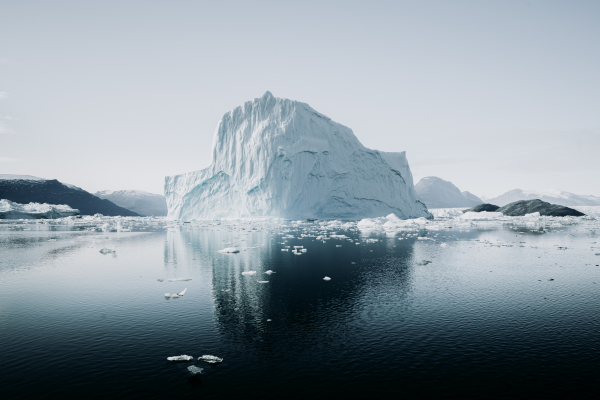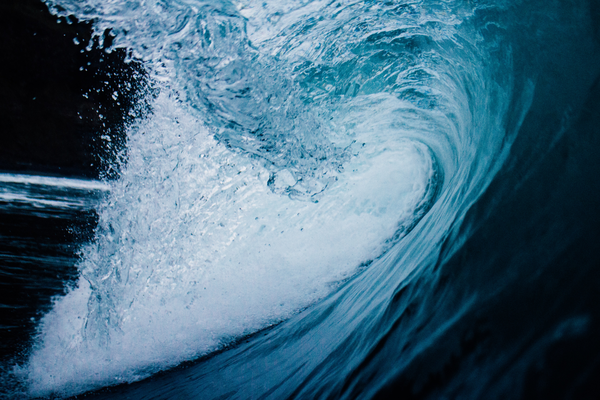
Forecast Services

Ocean and Sea Ice Models
Forecast models:
Stormsurge
The Stormsurge model is MET Norway’s main forecasting model for sea level and stormsurge.
Hindcast/Reanalysis:

Wave Models
Forecast models:
Hindcast/Reanalysis:

Archives

Tools

Validation
Ocean and Sea Ice models:
Wave and Wind models:
